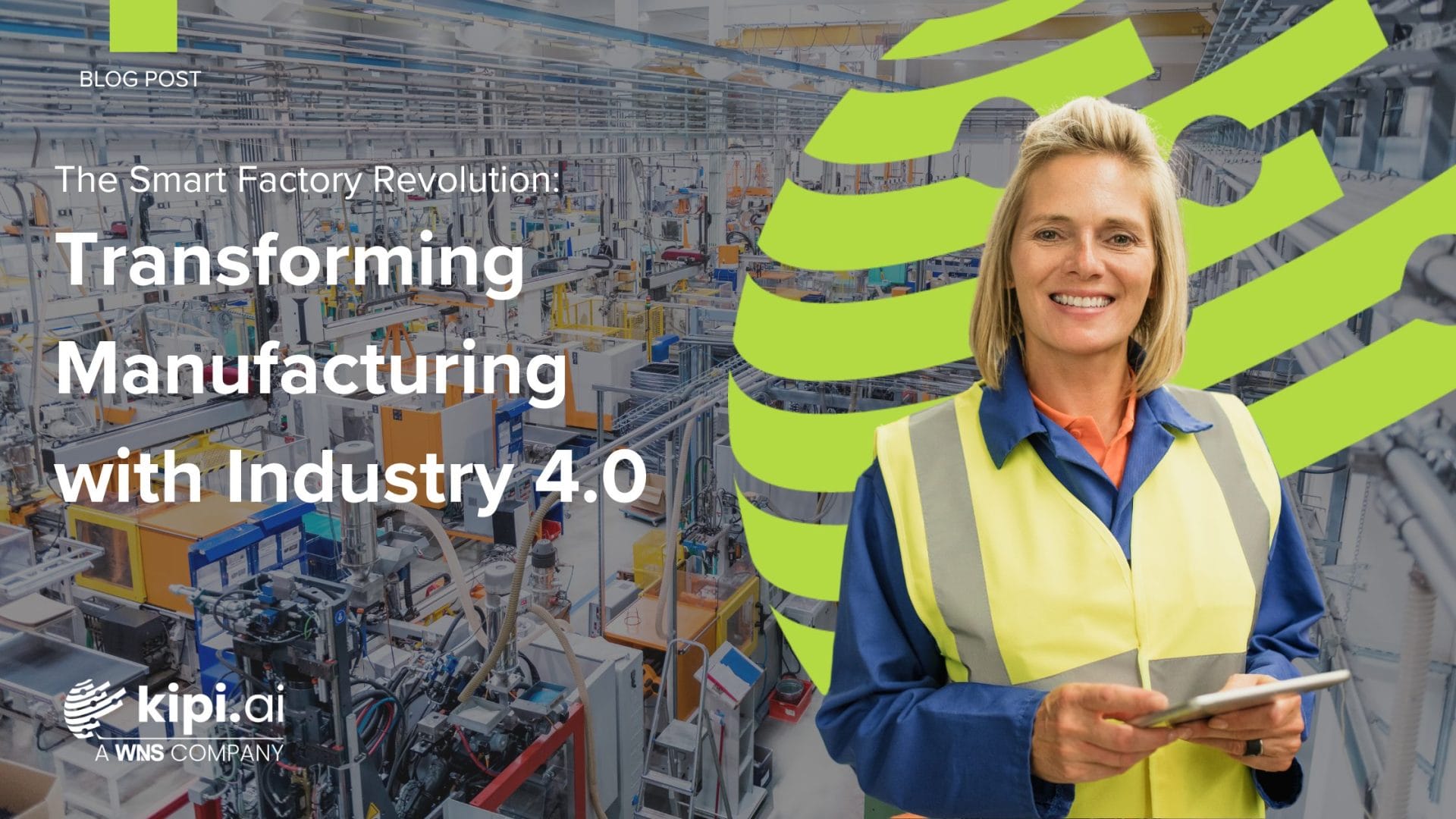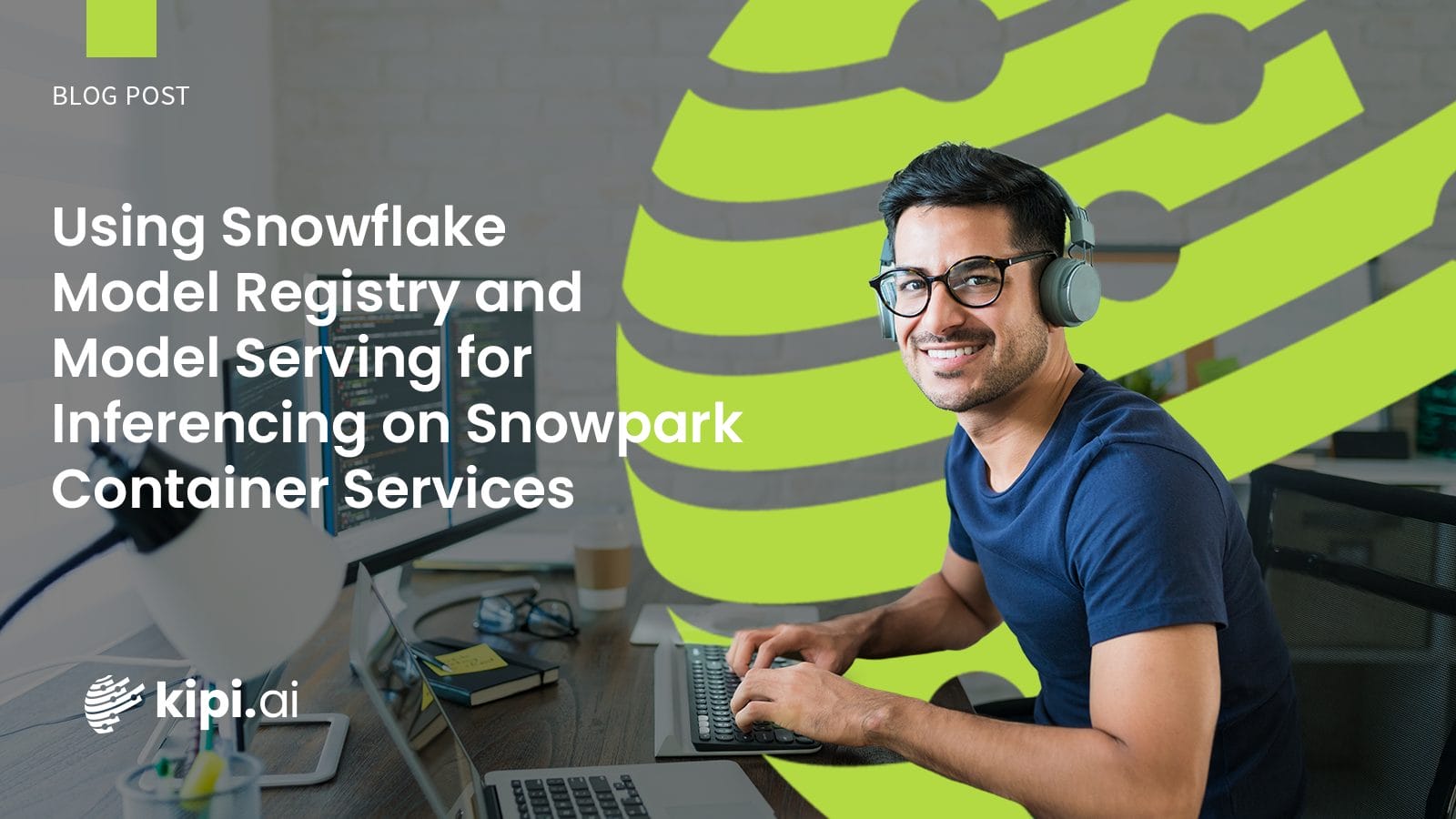by Rakesh Reddy
Introduction
The manufacturing industry is undergoing a radical transformation, driven by digital innovation and automation. The concept of the Smart Factory—a key element of Industry 4.0—is revolutionizing traditional production processes by integrating advanced technologies such as IoT, AI, robotics, and big data analytics. This transformation is enabling manufacturers to enhance efficiency, reduce costs, and improve product quality while adapting to rapidly changing market demands.
What is a Smart Factory
A Smart Factory is a highly automated and interconnected production facility that leverages digital technologies to optimize manufacturing operations. Unlike traditional factories, smart factories use real-time data, predictive analytics, and machine learning to make intelligent decisions. These factories are designed to be self-optimizing, adaptive, and highly efficient, ensuring minimal downtime and maximum productivity.
Key Technologies Driving the Smart Factory Revolution
- Internet of Things (IoT)
IoT-enabled devices collect and transmit data across the manufacturing floor, providing real-time insights into machine performance, production efficiency, and equipment health. Sensors and RFID tags help track materials and products, enabling better inventory management and quality control. - Artificial Intelligence (AI) and Machine Learning
AI-powered systems analyze vast amounts of data to identify patterns, predict maintenance needs, and optimize production processes. Machine learning algorithms improve over time, enabling manufacturers to minimize defects, enhance efficiency, and reduce waste. - Robotics and Automation
Robotic Process Automation (RPA) and collaborative robots (cobots) are transforming factory floors by performing repetitive tasks with high precision and speed. These robots work alongside human workers, improving safety and reducing labor-intensive processes. - Digital Twins
A Digital Twin is a virtual replica of a physical factory, process, or product that allows manufacturers to simulate, monitor, and optimize operations in a risk-free environment. By using real-time data, digital twins help predict failures, optimize production schedules, and improve product design. - Big Data and Analytics
Smart factories generate massive amounts of data. Advanced analytics help manufacturers gain valuable insights into production efficiency, supply chain logistics, and customer demand. Predictive analytics further help in demand forecasting, optimizing inventory levels, and reducing production bottlenecks. - Cloud Computing and Edge Computing
Cloud computing enables seamless data storage, sharing, and analysis, making it easier for factories to integrate smart technologies. Edge computing, on the other hand, processes data closer to the source, reducing latency and ensuring faster decision-making. - Cybersecurity
With increased connectivity, cybersecurity has become a critical concern for smart factories. Advanced security protocols, encryption, and AI-driven threat detection help protect manufacturing systems from cyber threats and data breaches.
Smart Factory Solutions with Snowflake
Snowflake, a leading cloud-based data platform, plays a critical role in enabling smart factory solutions by offering scalable and efficient data management. Key benefits include:
- Unified Data Platform: Snowflake integrates data from various sources such as IoT devices, ERP systems, and production lines to create a centralized data repository.
- Real-Time Analytics: With Snowflake’s powerful analytics capabilities, manufacturers can process and analyze real-time production data to optimize efficiency and predict maintenance needs.
- AI and Machine Learning Integration: Snowflake supports seamless integration with AI and ML tools, allowing manufacturers to build predictive maintenance models and enhance decision-making.
- Scalability and Performance: Snowflake’s cloud-native architecture ensures high-speed data processing, making it ideal for handling massive manufacturing datasets.
- Data Security and Compliance: With robust security measures, Snowflake helps manufacturers ensure compliance with industry regulations and protect sensitive operational data.
Kipi’s Smart Factory Implementation with Snowflake
Kontext: Automated Content Extraction for Employee Training
- Challenge
Manufacturers must continually train employees on new machinery and evolving processes. Manual creation of training materials is slow, inconsistent, and resource-intensive. - Solution
KONTEXT is an AI-powered tool by kipi.ai that automates training content generation using Large Language Models (LLMs). It extracts relevant information from manuals and technical documentation to create consistent, accessible training assets. - Real-World Use Case
A manufacturing facility implementing new assembly line equipment uses KONTEXT to generate video guides and simplified manuals—cutting down onboarding time and increasing training consistency. - Impact
- Faster, standardized employee training
- Reduced reliance on manual content creation
- Improved knowledge retention and operational efficiency
SAP to Snowflake Integration
- Challenge
SAP systems hold critical operational data, but extracting insights in real time is difficult due to siloed infrastructure. - Solution
kipi.ai enables seamless, near real-time SAP data ingestion into Snowflake, unlocking the ability to conduct instant, scalable analysis. - Impact
- Improved operational visibility
- Optimized resource allocation
- Waste reduction and sustainability enablement
Automated Data Integration Across Systems
- Challenge
Manual integration across ERP, IoT, and logistics systems causes data delays and inefficiencies. - Solution
kipi.ai automates ingestion and consolidation of data from multiple manufacturing sources into Snowflake. - Impact
- A unified data pipeline
- Enhanced analytics for predictive maintenance, inventory control, and supply chain optimization
Smart Factory Applications
Predictive Maintenance
- Challenge: Unplanned equipment downtime
- Solution: AI models identify anomalies in machine data to predict failures
- Impact: Reduced downtime, lower maintenance costs, extended equipment lifespan
Workplace Safety Enhancement
- Challenge: Safety incidents in complex environments
- Solution: ML models analyse historical safety data to predict and prevent incidents
- Impact: Safer working conditions and fewer environmental risks
Driving Sustainability & Supply Chain Optimization
- Environmental Sustainability: Real-time dashboards provide visibility into air quality, energy use, and emissions—helping manufacturers meet ESG targets.
- Supply Chain Optimization: Advanced forecasting, quality tracking, and OEE (Overall Equipment Effectiveness) insights improve efficiency and reduce waste.
Benefits of Smart Factories
- Increased Efficiency: Automation + real-time insights
- Better Quality Control: Early defect detection
- Predictive Maintenance: Reduced unplanned downtime
- Streamlined Supply Chains: Faster cycles, better coordination
- Sustainability: Lower emissions and waste
Challenges and Considerations
- Data Integration with Legacy Systems
Outdated, fragmented systems make real-time insights difficult. Seamless integration is key. - Data Integrity and Consistency
Poor data quality disrupts AI performance and insights. - Cybersecurity
Greater connectivity increases the risk of data breaches. Secure architecture is a must. - Scalability & Data Volume
IoT data volumes require flexible, efficient infrastructure. - Skilled Workforce
Success depends on employees trained in analytics, governance, and smart technologies
The Future of Smart Factories
Smart factories rely on high-quality, structured, and secure data. Kipi.ai and Snowflake provide the tools to make that future a reality—driving operational excellence, sustainability, and smarter decision-making.
The future of smart factories is promising, with 5G connectivity, blockchain, and quantum computing poised to further revolutionize the industry. As AI-powered autonomous factories become a reality, manufacturers will achieve unprecedented levels of efficiency, agility, and innovation.
Conclusion
The Smart Factory Revolution is redefining the way manufacturers operate, offering greater efficiency, cost savings, and sustainability. While challenges exist, companies that embrace Industry 4.0 technologies will gain a competitive edge in the ever-evolving global market. The key to success lies in strategic adoption, continuous learning, and seamless integration of smart technologies to build the factories of the future.
About kipi.ai
Kipi.ai, a WNS company, is a leading analytics and AI services provider, specializing in transforming data into actionable insights through advanced analytics, AI, and machine learning. As an Elite Snowflake Partner, we are committed to helping organizations optimize their data strategies, migrate to the cloud, and unlock the full potential of their data. Our deep expertise in the Snowflake AI Data Cloud enables us to drive seamless data migration, enhanced data governance, and scalable analytics solutions tailored to your business needs. At kipi.ai, we empower clients across industries to accelerate their data-driven transformation and achieve unprecedented business outcomes.
For more information, visit www.kipi.ai and www.wns.com.







